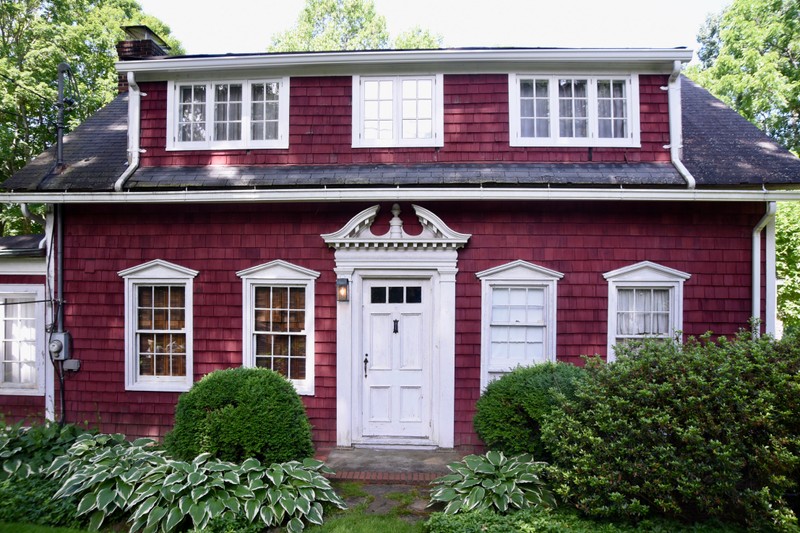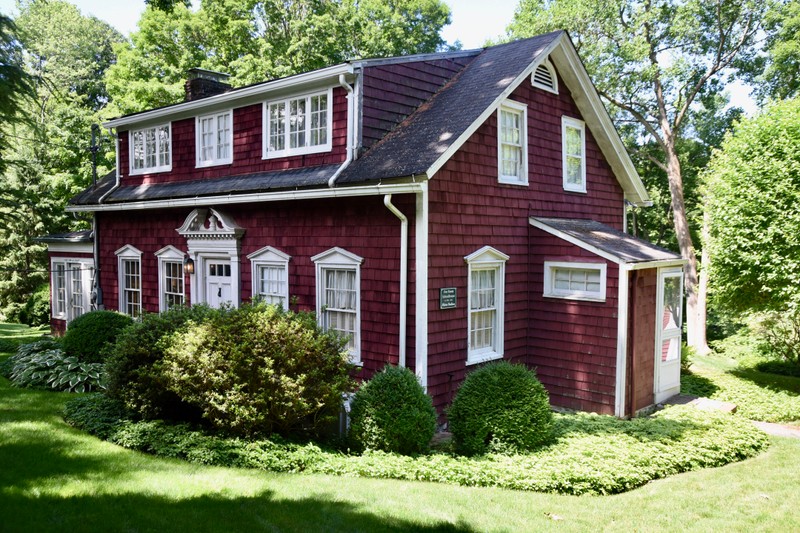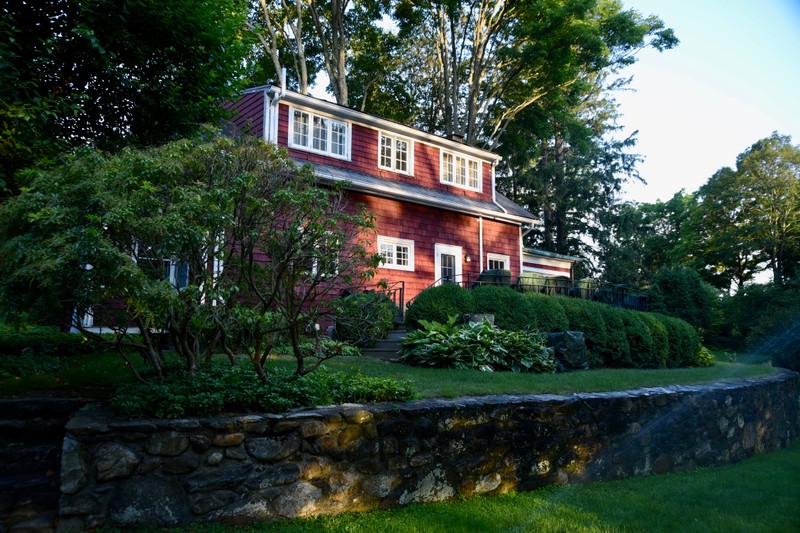One Room Schoolhouse
Introduction
Text-to-speech Audio
Images
One Room Schoolhouse #6 (Modern Day)

One Room Schoolhouse #6 (Modern Day)

One Room Schoolhouse #6 (Modern Day)

Backstory and Context
Text-to-speech Audio
Prior to, and during the Revolutionary War, the children of Yorktown’s first settlers were educated at home using whatever books and materials were available to the family. However, shortly after the conflict ended, construction began on schoolhouses, churches, and other municipal structures throughout the area. The schoolhouses, generally framed structures designed as a single room, were built within three miles of each other so that no student would need to walk more than a mile and a half to get to the nearest school.
By 1807, the Yorktown area was divided into 12 school districts, later growing to 16 by 1872, each with its own one room schoolhouse. These schools served as elementary schools and the school teacher generally taught all grades in the single room. After each grade’s lesson was taught, the students would be excused and sent out to play or hunt. The schools were heated by wood-burning stoves and were equipped with a Blackboard. The students sat on wooden benches, with the girls on one side and the boys on the other. For higher education, students would continue to private high schools such as the North Salem Academy or the Oakside School in Peekskill, if they could afford it and could find transportation.
In the 1880s, Yorktown experienced an economic and population boom with the arrival of the New York Central Railroad, Putnam Division and the automobile. One room schoolhouses became inefficient and impractical. Many were consolidated, sharing resources in the newly constructed Yorktown Central School in 1923, now known as the Albert A. Capellini Community and Cultural Center. Available bus transportation made it possible for many Yorktown students to attend the central school and the smaller schoolhouse buildings were either sold or left to degrade.
In the early 1920’s, the school building that was once District School #6 at the intersection of what is now Underhill Avenue and Baldwin Road, was acquired by self-taught builder Percival Arden Hall from New York City. With a team of oxen, Mr. Hall moved the abandoned Schoolhouse to its current location on Baldwin Road, near Baptist Church Road. Prior to relocating to Westchester, Mr. Hall and his wife had purchased an old cider mill in the Huntersville area, converting it to a cottage. He took on the challenge of transforming the Schoolhouse into a New England colonial-style home for his family while simultaneously converting the old cider mill into a Tudor-style cottage. Mr. Hall lived in the Schoolhouse until he moved his family permanently to an elegant Tudor residence in 1930, always affectionately referring to it as The Cider Mill. Mr. Hall went on to have a successful remodeling business of old homes in the “country” until the economic downturn of the early the 1930’s.
The now transformed District School #6 has the honor of being the first recognized as Yorktown’s first Home of Historic Distinction which designates important historic homes but has less stringent ownership accountability than a landmark. The exterior of the One Room Schoolhouse remains much the way it was when it was a school.
Cite This Entry
Brendan Murphy on behalf of Westchester County Historical Society and Barbara Davis. "One Room Schoolhouse." Clio: Your Guide to History. July 31, 2020. Accessed March 22, 2025. https://theclio.com/entry/111094
Sources
Hambridge, Gove. “This Man Got Sick of New York.” Success Magazine, Success Magazine
Corporation, New York, October 1926.
“Old School House to Be Modern Home,” Yorktown Herald, Daily Union Publishing
Company, Yorktown, New York, February 19, 1925.
Hall, Harry II, Harry, The Story of My Life, Lynn Briggs Associates, LLC, New York,
July 2019.
Seay, Barbara H., Looking at a Long and Lucky Life, Self-Published, Durham, North Carolina,
2017.
Photo by John Vecchiolla Photography
Photo by John Vecchiolla Photography
Photo by John Vecchiolla Photography

